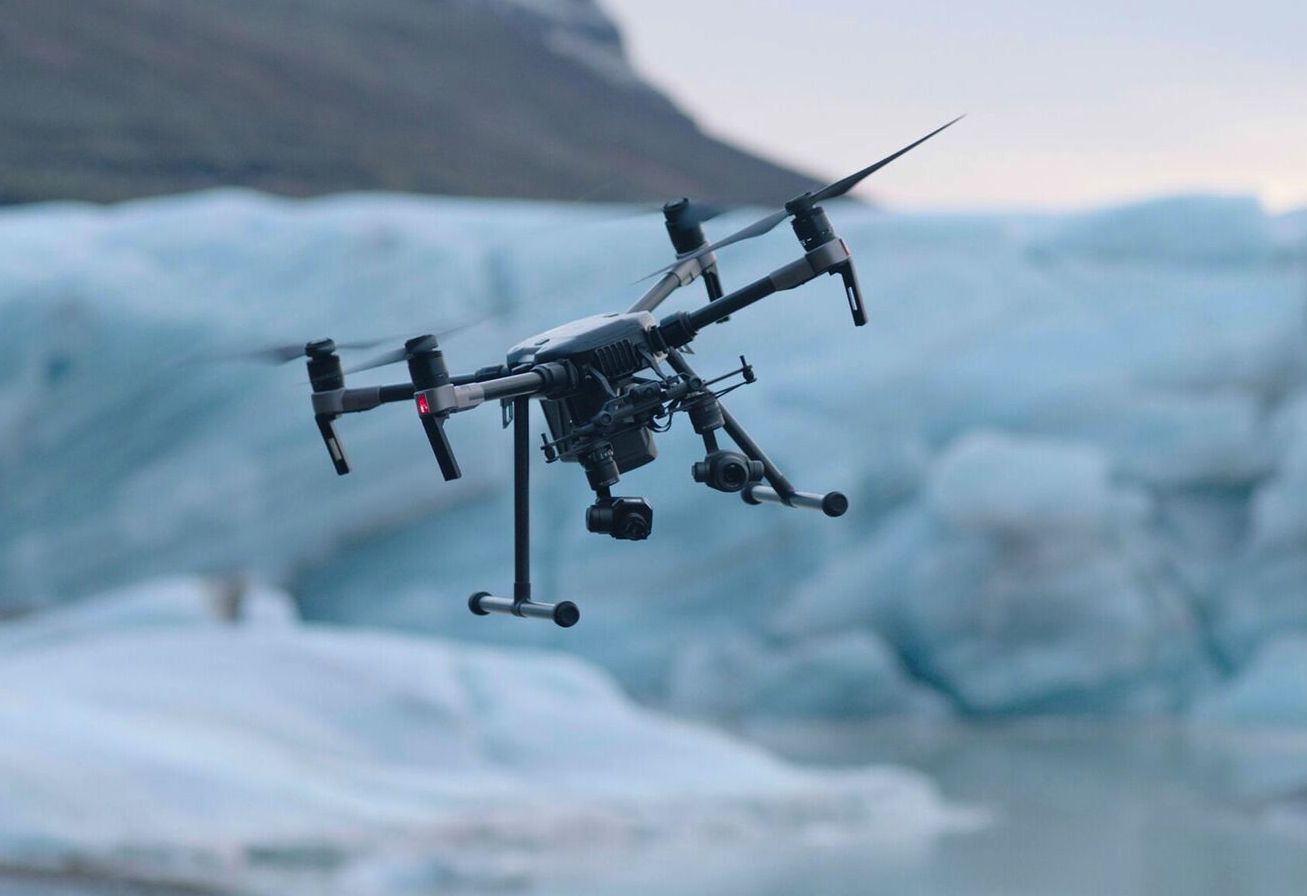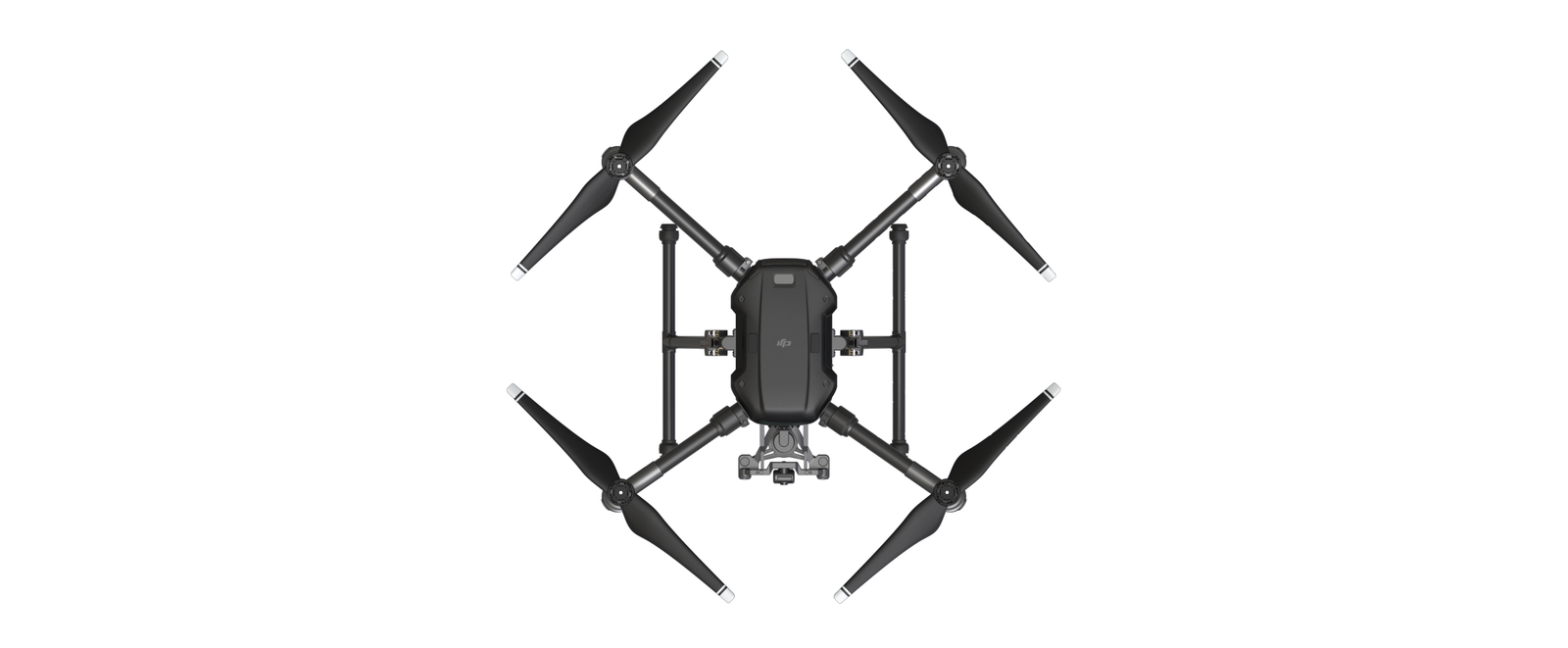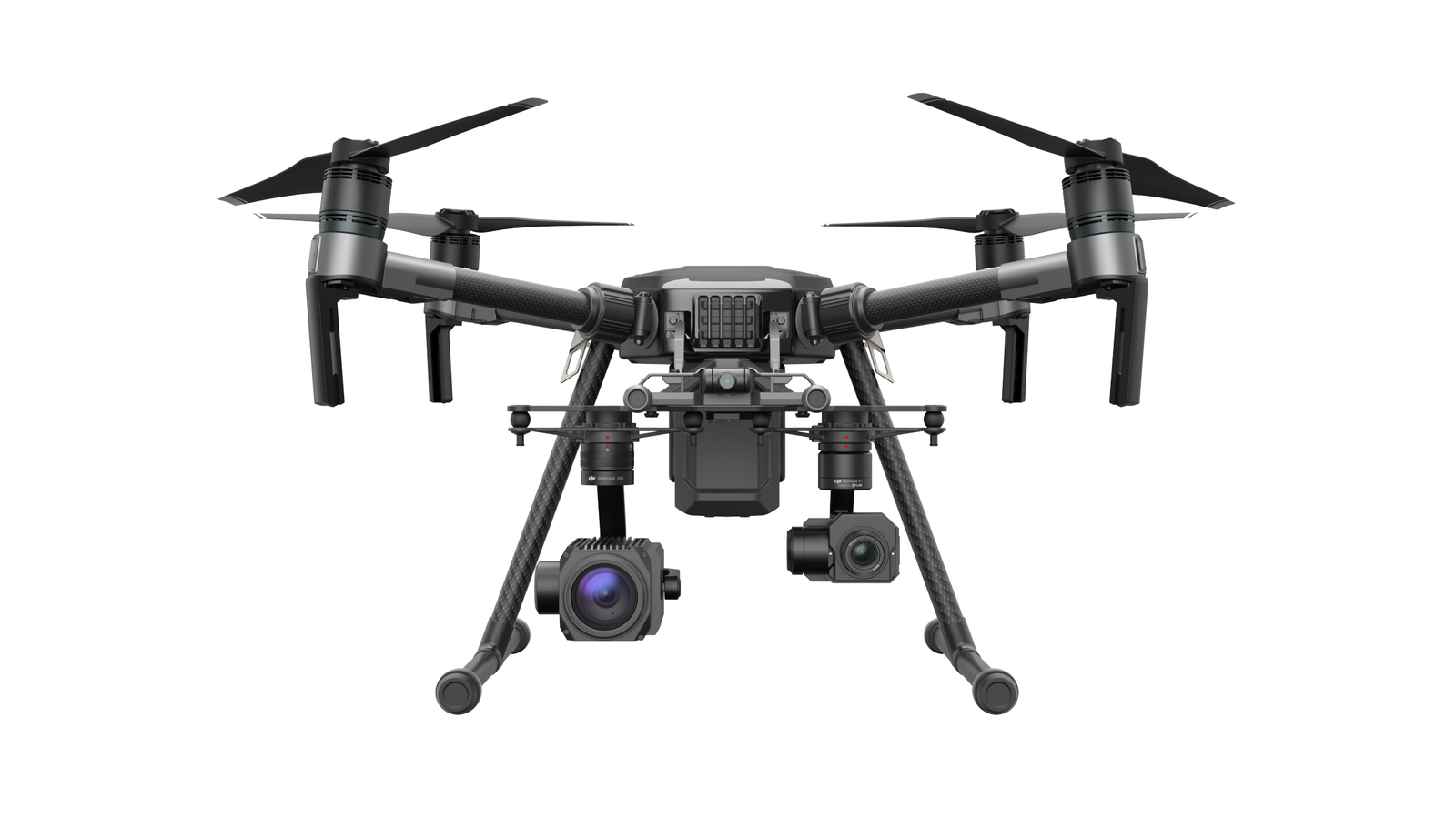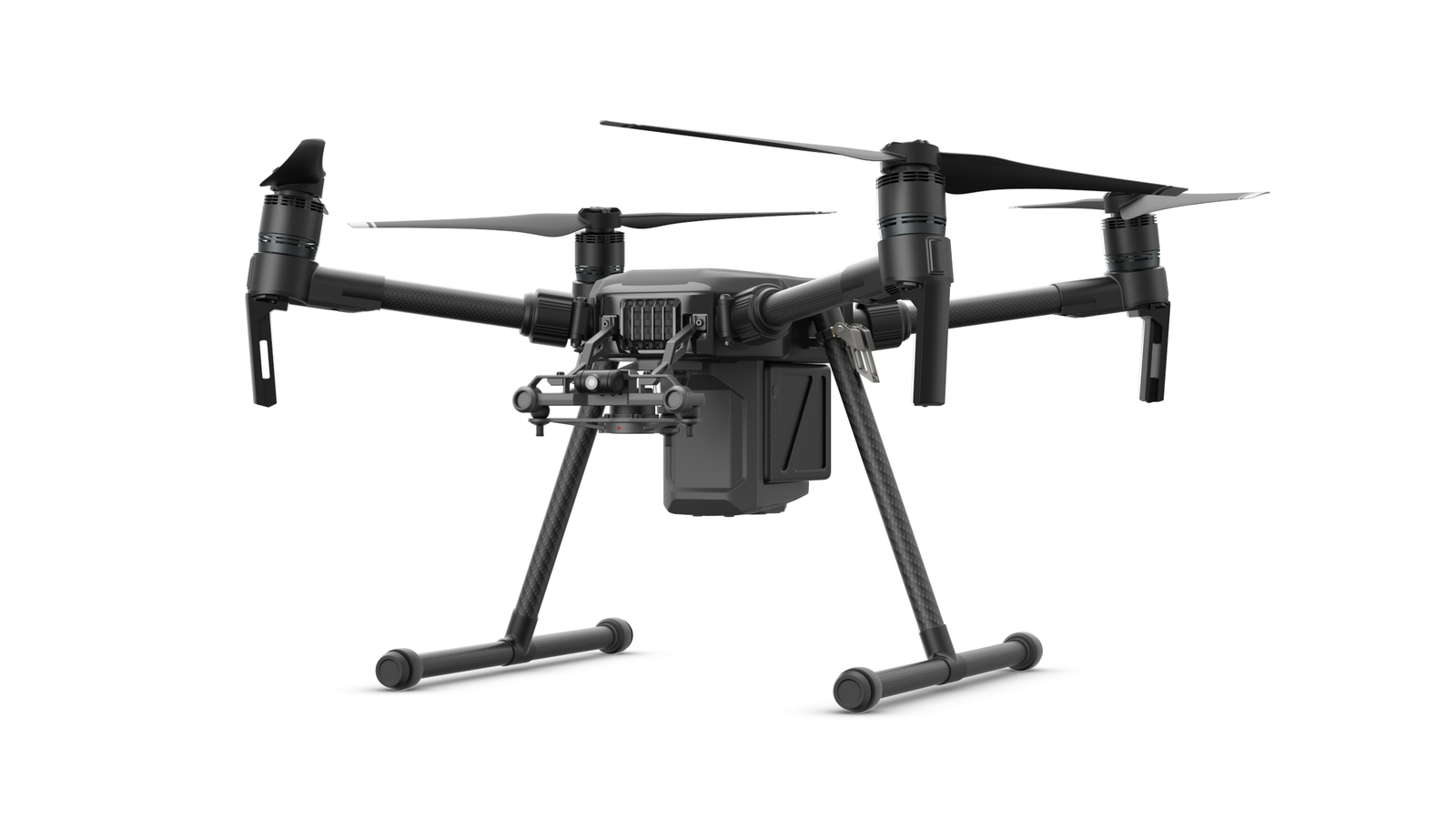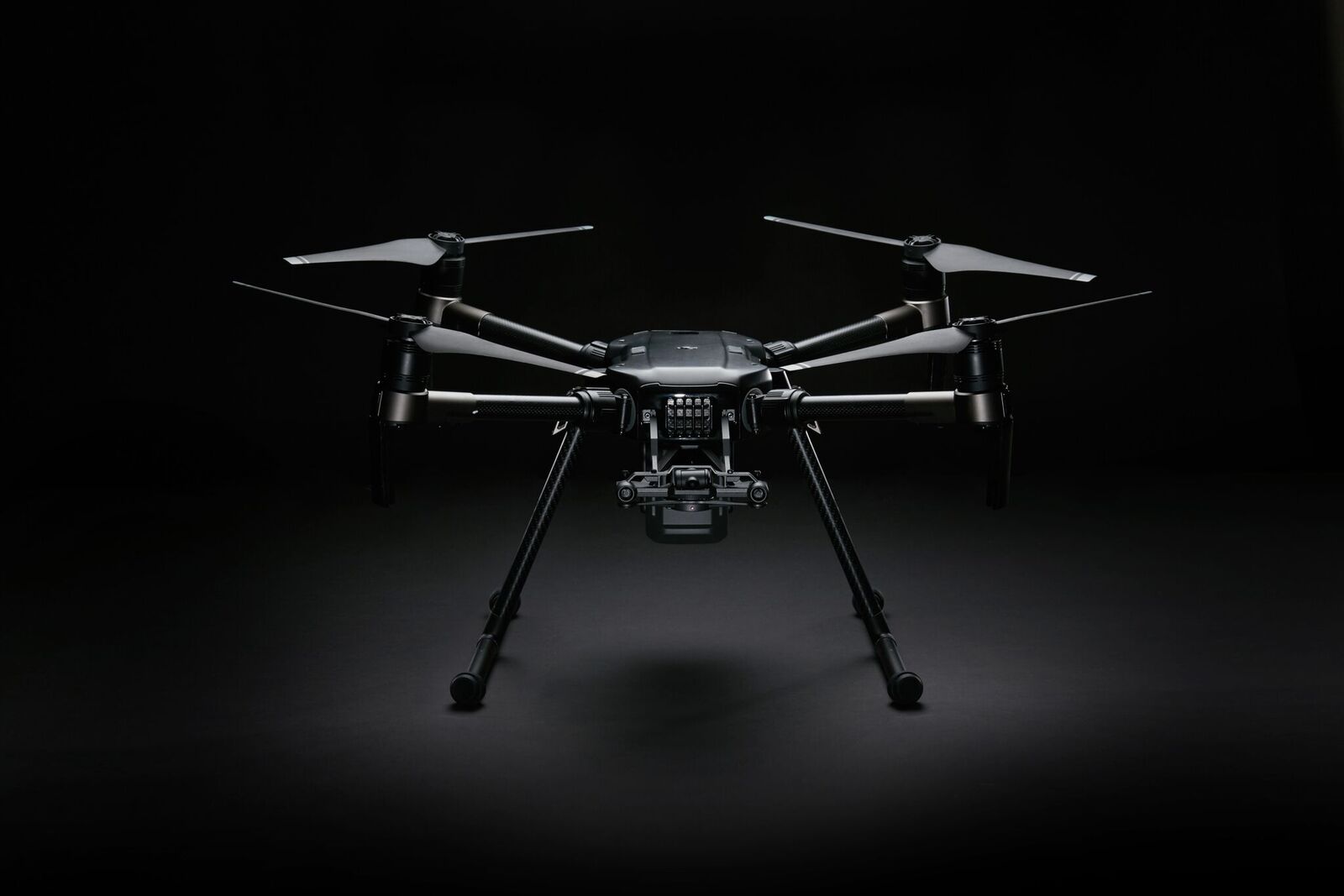Aimed primarily at professional users looking for a robust, expandable, and feature-rich flying machine, the new quadcopter goes some way beyond DJI’s prosumer Inspire 2 drone, for example.
Notably, the M200 sports DJI’s first-ever upward-facing gimbal mount, making it ideal for tasks such as inspecting the undersides of bridges, towers, and other structures with locations that are difficult to approach.
An array of cameras can be attached to the machine, including not only DJI’s powerful X4S and X5S devices, but also its high-powered Z30 camera with its impressive 30x optical zoom, and the XT thermal-imaging camera. Opt for the M200 and you can attach one downward-facing camera. Go for the M210, however, and you can attach two downward-facing cameras and/or an upward-facing camera, offering the user multiple options for completing an operation.
The new platform also features a forward-facing first-person view camera, enabling a pilot and a camera operator to monitor separate images on dual controllers.
While the M200 can clearly handle an array of cameras, DJI is pushing its heftier and more versatile M600 hexacopter as the go-to machine for serious cinematographers.
The M200’s intelligent flight features include spotlight (to lock the camera onto a subject during flight while the aircraft moves freely), point of interest (to circle around an object for a smooth orbit), tripod (to fine-tune position and angle for position framing and safe navigation in narrow environments), and active track (to follow a person or object while keeping it in frame).
As you’d expect with a drone of this caliber, the M200 series includes obstacle avoidance sensors facing forward, up and down, as well as an ADS-B receiver for advisory traffic information from any manned aircraft in the vicinity.
An additional bonus is the new drone’s water-resistant and self-heating body, enabling it to be flown in dire weather conditions such as rain and sub-zero temperatures — important if the job’s urgent.
With a dual battery set-up, DJI’s new quadcopter can fly for up to 35 minutes. It features an operation range of a decent 4.4 miles (7 km), and can carry a payload of up to 2 kg.
Commenting on its latest offering, DJI’s Paul Guo said, “We’re revolutionizing professional workflows by making it possible to use advanced sensors in various combinations to make sophisticated tasks such as bridge inspections, land surveying and search-and-rescue missions, easier, safer and more reliable than ever before.”
There’s no word on pricing yet, but as for release, the M200 series is expected to fly onto market between April and June, 2017.
